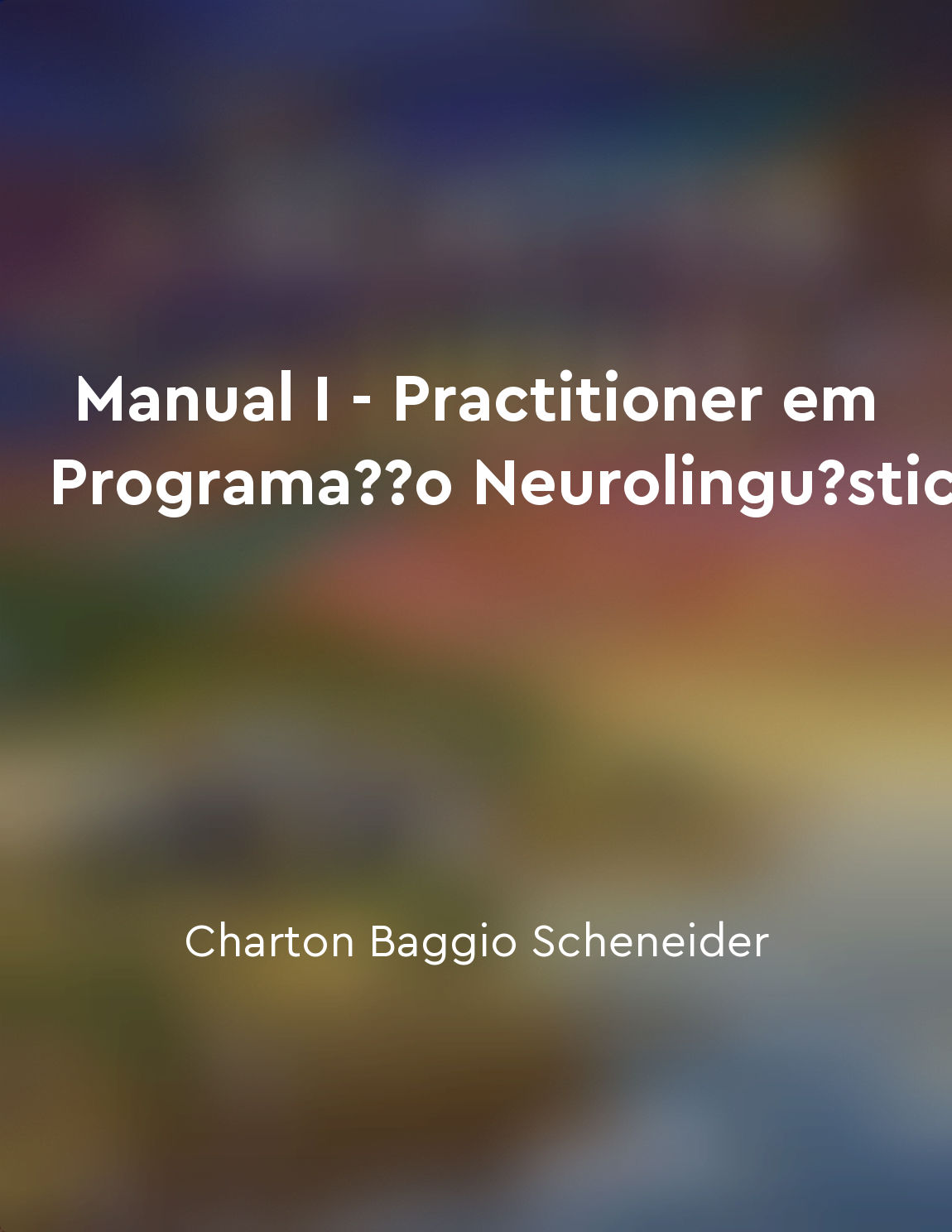Audio available in app
The connection between language and emotions from "summary" of Manual II - Practitioner em Programação Neurolinguística by Charton Baggio Scheneider
The way we use language is deeply intertwined with our emotions. Words are not just neutral vessels for communication; they carry with them a wealth of emotional weight and meaning. When we speak, we are not only conveying information but also expressing our feelings and attitudes towards that information. This emotional layer of language is what gives our words power and impact. Language has the ability to evoke strong emotions in both the speaker and the listener. The words we choose, the tone of our voice, and the nonverbal cues we use all play a role in shaping the emotional content of our communication. For example, a simple phrase like "I love you" can elicit feelings of joy, warmth, and affection, while a harshly spoken "You're wrong" can trigger defensiveness, anger, or hurt. Our emotions also influence the way we use language. When we are feeling happy, we are more likely to use positive, uplifting words and phrases. Conversely, when we are feeling sad or angry, our language may become more negative or critical. Our emotional state can color the way we perceive and interpret the words of others, leading to misunderstandings or conflicts. The connection between language and emotions is bidirectional - not only do our emotions influence our language use, but our language use can also shape our emotions. By choosing our words carefully and consciously, we can alter our emotional state and the emotional impact of our communication. This is where the power of neuro-linguistic programming comes into play, as it offers tools and techniques for harnessing the connection between language and emotions to achieve positive outcomes.- Practitioners learn how to use language patterns, reframing, and other linguistic techniques to help clients shift their emotional responses and create new, more empowering beliefs and behaviors. By understanding the intricate relationship between language and emotions, practitioners can help clients overcome limiting beliefs, resolve emotional conflicts, and improve their communication skills. In essence, mastering the connection between language and emotions is key to creating positive change and transformation in both ourselves and others.
Similar Posts

Setting and achieving goals with NLP
Setting and achieving goals with NLP is a powerful concept that involves using Neuro-Linguistic Programming techniques to help ...

Show appreciation for others' contributions to the conversation
It's important to acknowledge and value the input of others in a conversation. When someone shares their thoughts or ideas, it ...
Cultural competency is crucial in global organizations
Cultural competency plays a significant role in the success of global organizations. It is essential for individuals within the...
Pay attention and show genuine interest in others
To truly connect with others, it is crucial to pay attention and show genuine interest in what they have to say. This means act...
Communication is a twoway street
Communication is not just about speaking and being heard; it is about listening and understanding. It is a dynamic process that...

Continuously improve your conversational skills through practice and reflection
To truly master the art of conversation, one must be committed to a process of continuous improvement. This involves not only p...
Voluntary attention impacts cognitive performance
The ability to focus our attention voluntarily has a significant impact on our cognitive performance. When we choose to direct ...
Find a common ground with the other person
Finding common ground with the other person is essential in difficult conversations. It involves acknowledging and respecting t...
Culture influences communication patterns
Culture deeply shapes how people communicate with one another. The way individuals speak, express themselves, and interpret mes...
Mindfulness permite conexión con emociones
Mindfulness es una práctica que nos ayuda a estar presentes en el momento actual, a prestar atención a lo que estamos experimen...


